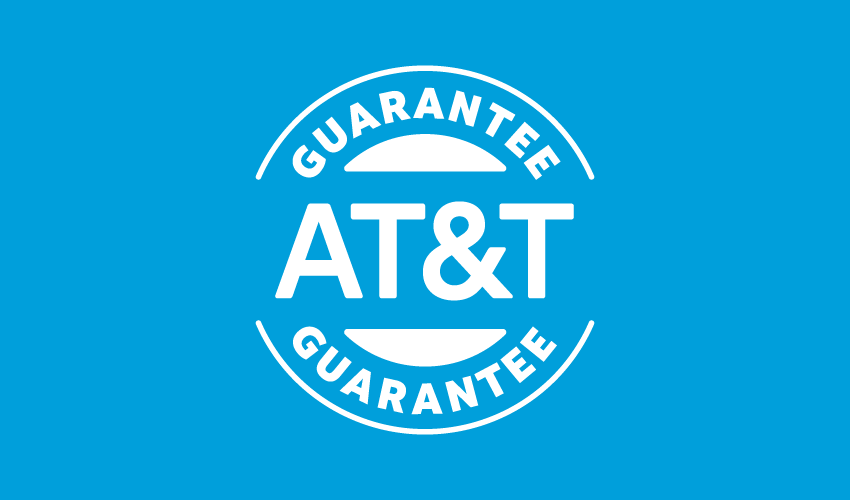Is it time to modernize Canada’s outdated telecommunications rules?
That question is being asked south of the border in the wake of a decision by the Court of Appeals for the 6th Circuit Court striking down the FCC’s Safeguarding and Securing the Open Internet order.
Dr. Eric Fruits of the International Center for Law and Economics wrote a recent article “Title I for All: Time to Modernize America’s Outdated Telecommunications Rules”. In it, he suggests Congress should move telecommunications services into the more flexible Title I regime that currently governs information services, rather than “forcing modern communications into an outdated regulatory framework.”
The court’s ruling confirms that broadband internet must be classified as an “information service” under Title I because it enables users to store, retrieve, and manipulate data—not just transmit it. But this raises an obvious question: Why should traditional phone service still face stricter Title II regulation when modern telephone networks are increasingly integrated with the internet?
Consider how we communicate today. Only a quarter of U.S. households have a landline phone, down from nearly 50% a decade ago. Platforms like Zoom, WhatsApp, and Microsoft Teams have largely replaced traditional phone calls. Voice communication now routinely travels through Voice over Internet Protocol (VoIP) technology. Traditional carriers have modernized their networks to handle integrated voice, video, and data services.
The evolution of communications in Canadian households is substantially similar. As I wrote last November, in 2021 more than half of Canadian households relied exclusively on mobile phones, having gotten rid of their home phone lines.
I wonder if Canada needs to consider its own holistic update to regulating telecommunications services. With Parliament prorogued, Canada’s Online Harms Act died on the Order Paper. It was to be the third piece of legislation, to accompany the Online News Act and Online Streaming Act as part of the Liberal government’s Digital Strategy. The bill was heavy handed and was finally split into two pieces after attracting much criticism.
Let’s not kid ourselves. It isn’t as though the Online News Act and Online Streaming Act were universally acclaimed. Indeed, a paper in an upcoming issue of Canadian Bar Review questions the constitutional authority for Parliament to have implemented the Online Streaming Act. In the paper, author Michael Ryan asks “Did Parliament have the authority to enact the new legislation, or does the [Online Streaming Act] intrude in a constitutionally impermissible way on matters that fall within provincial jurisdiction?”
Canada has some silly laws on the books, like one that requires telecom companies to provide paper bills – at no charge. From the Broadcast Act:
34.1 No person who carries on a broadcasting undertaking shall charge a subscriber for providing the subscriber with a paper bill.
And the Telecom Act:
27.2 Any person who provides telecommunications services shall not charge a subscriber for providing the subscriber with a paper bill.
Both sections were enacted at the same time as part of a 2014 budget appropriation omnibus bill. Why does the Broadcast Act say “No person… shall charge” while the Telecom Act says “Any person… shall not charge”? I am certain a legal scholar can weigh in on why the two sections are phrased differently – there are pages of Talmudic discussions documenting such debates. More importantly though, in a country that wants to evolve to a digital-based economy, why does this 10-year old artifact requiring free paper billing remain in the legislation governing digital infrastructure?
 A few weeks ago, AT&T introduced what it called a Customer-First Promise, a guarantee covering its wireless and fiber networks and services: connectivity; deals; and, customer support. As an observer from Canada, it is notable that this wasn’t in response to a regulator or legislation. The US does not have a “Wireless Code” or “Internet Code”. There is no equivalent of the CCTS in the US. What if Canada had a regulator and legislators willing to let the marketplace sort things out?
A few weeks ago, AT&T introduced what it called a Customer-First Promise, a guarantee covering its wireless and fiber networks and services: connectivity; deals; and, customer support. As an observer from Canada, it is notable that this wasn’t in response to a regulator or legislation. The US does not have a “Wireless Code” or “Internet Code”. There is no equivalent of the CCTS in the US. What if Canada had a regulator and legislators willing to let the marketplace sort things out?
When the 2006 Telecom Policy Review Panel issued its report [pdf, 1.6MB], it recommended a review every 5 years. That was nearly 20 years ago. Canada’s Telecom Act was enacted in 1993 – more than 30 years ago. The Broadcasting Act is 2 years older.
Maybe it’s time to modernize the Acts for a fresh, holistic look at the legislation guiding the digital sector.

Mark, I agree that legislative change is long overdue. I was involved with the BTLR – some very good recommendations in the final report.
Sincerely,
Geoff White, JD, MBA, BCL (Oxon), ICD.D
Executive Director and General Counsel
The Public Interest Advocacy Centre